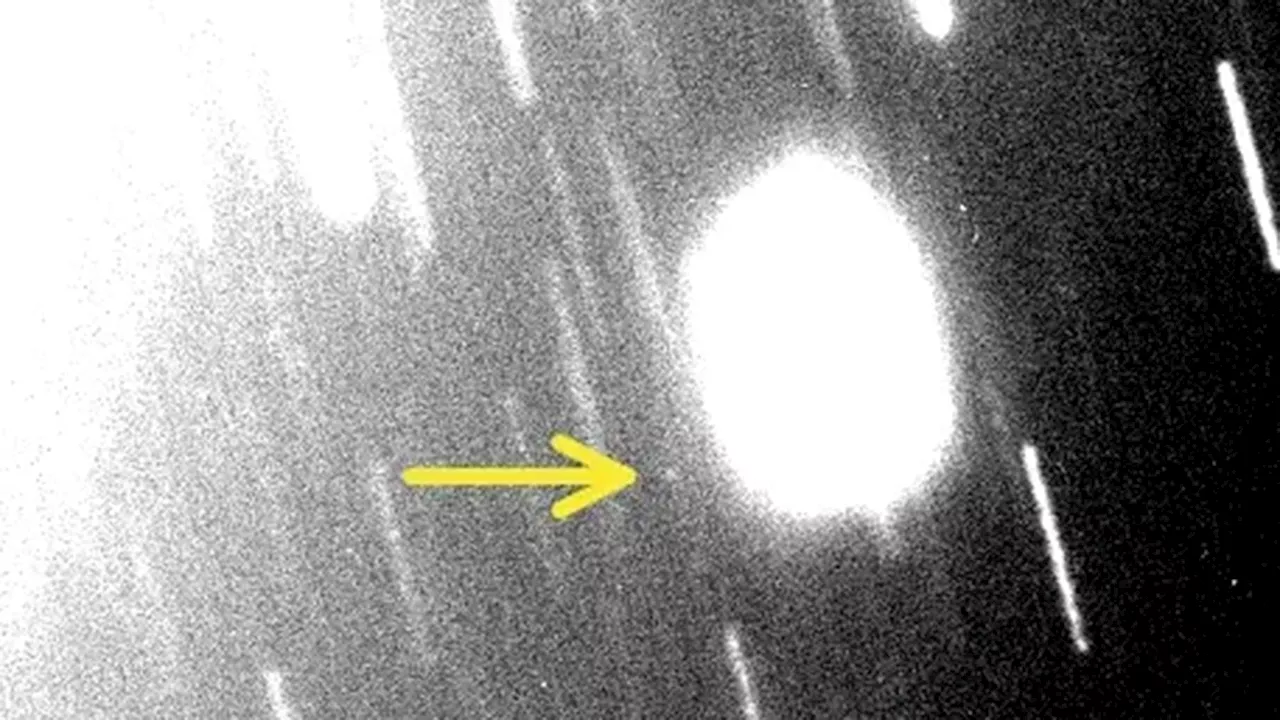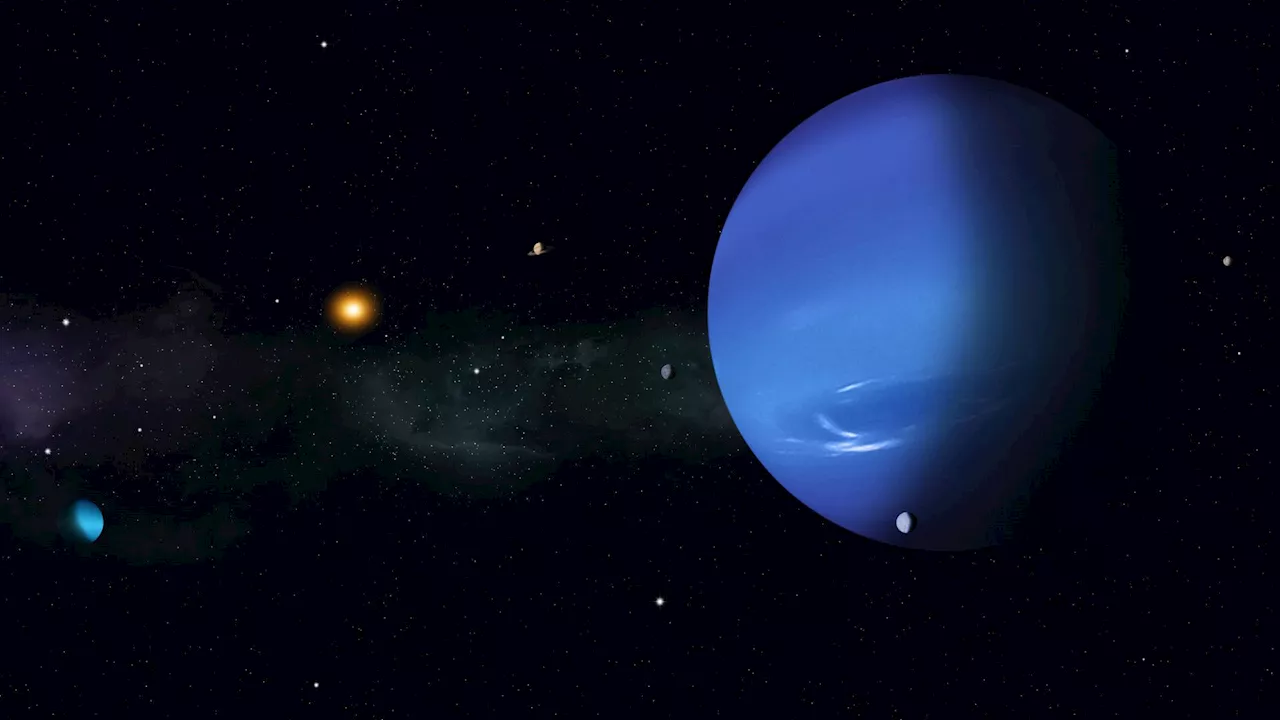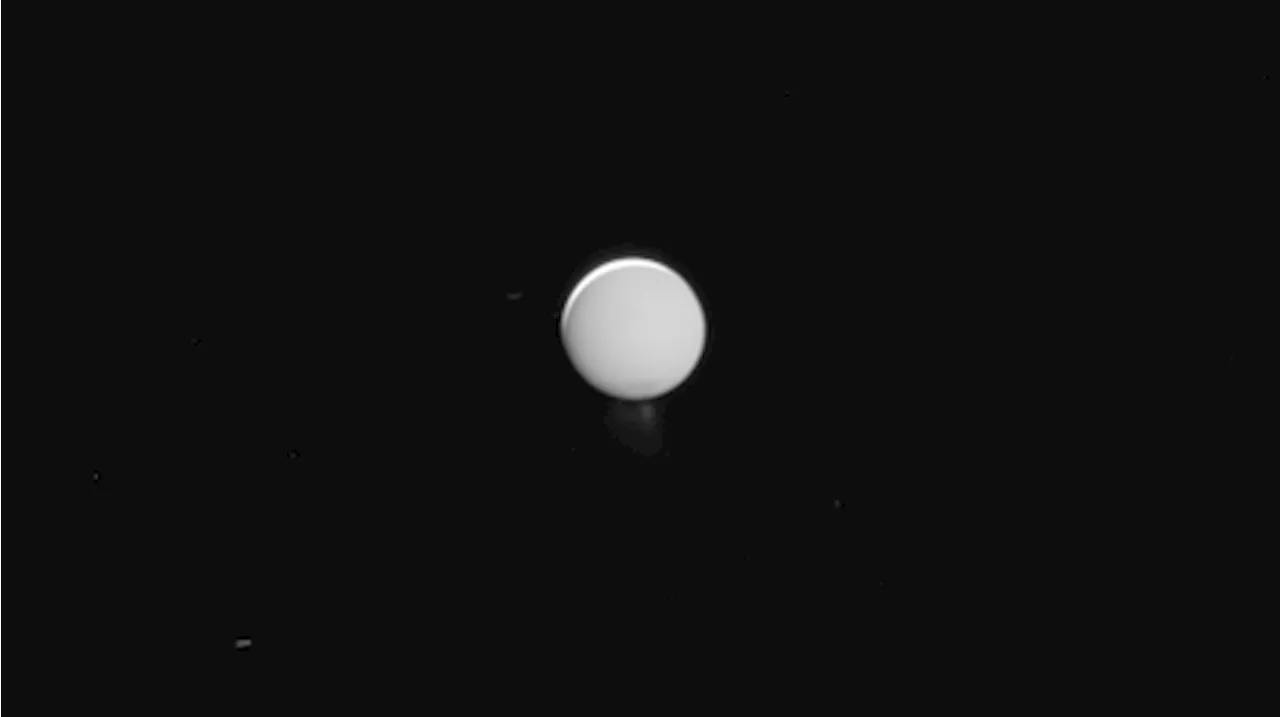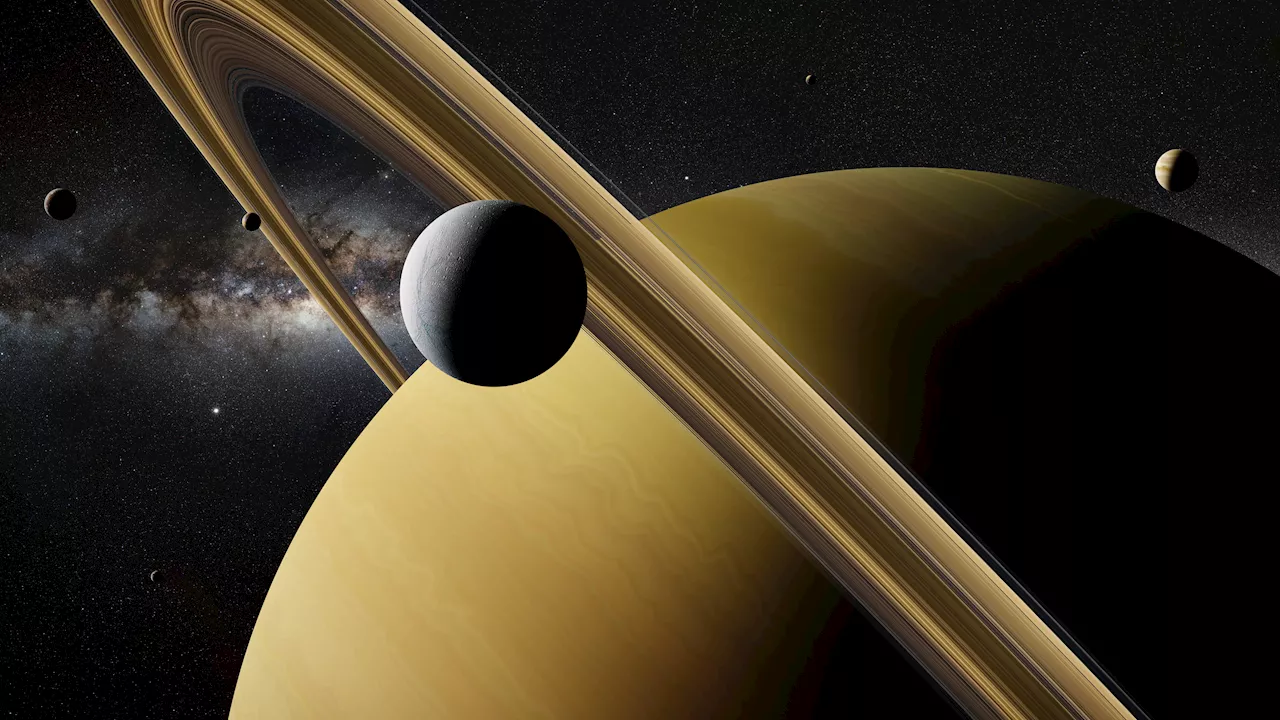Science, Space and Technology News 2024
Part of NASA’s CADRE technology demonstration, three small rovers that will explore the Moon together show off their ability to drive as a team autonomously – without explicit commands from engineers – during a test in a clean room at the agency’s Jet Propulsion Laboratory in December 2023. Credit: NASA/JPL-Caltech
The goal is to show that a group of robotic spacecraft can work together to accomplish tasks and record data as a team without explicit commands from mission controllers on Earth. If the project succeeds, future missions could include teams of robots spreading out to take simultaneous, distributed scientific measurements, potentially in support of astronauts.
A CADRE rover is prepared for electromagnetic interference and compatibility testing in a special chamber at JPL in November 2023. Such testing confirms that the operation of the electronic subsystems do not interfere with each other nor with those on the lander. Credit: NASA/JPL-Caltech Engineers tested the system that will lower three small rovers onto the lunar surface when NASA’s CADRE technology demonstration arrives at the Moon aboard a lunar lander. The test took place in a clean room at NASA’s Jet Propulsion Laboratory in Southern California in December 2023. Three deployer systems will be installed on the lander – one for each rover. Credit: NASA/JPL-Caltech.
Malaysia Latest News, Malaysia Headlines
Similar News:You can also read news stories similar to this one that we have collected from other news sources.
 Astronomers discover new moons orbiting Uranus and NeptuneLaura is a science news writer, covering a wide variety of subjects, but she is particularly fascinated by all things aquatic, paleontology, nanotechnology, and exploring how science influences daily life. Laura is a proud former resident of the New Jersey shore, a competitive swimmer, and a fierce defender of the Oxford comma.
Astronomers discover new moons orbiting Uranus and NeptuneLaura is a science news writer, covering a wide variety of subjects, but she is particularly fascinated by all things aquatic, paleontology, nanotechnology, and exploring how science influences daily life. Laura is a proud former resident of the New Jersey shore, a competitive swimmer, and a fierce defender of the Oxford comma.
Read more »
 These new moons of Uranus and Neptune are the faintest ever foundThe discovery of the three new moons required special image processing. These are the faintest ever found near Uranus and Neptune.
These new moons of Uranus and Neptune are the faintest ever foundThe discovery of the three new moons required special image processing. These are the faintest ever found near Uranus and Neptune.
Read more »
 Our solar system's ocean moons may be habitable — and their icy shells could hold proofTereza is a London-based science and technology journalist, aspiring fiction writer and amateur gymnast. Originally from Prague, the Czech Republic, she spent the first seven years of her career working as a reporter, script-writer and presenter for various TV programmes of the Czech Public Service Television.
Our solar system's ocean moons may be habitable — and their icy shells could hold proofTereza is a London-based science and technology journalist, aspiring fiction writer and amateur gymnast. Originally from Prague, the Czech Republic, she spent the first seven years of her career working as a reporter, script-writer and presenter for various TV programmes of the Czech Public Service Television.
Read more »
 Earth has extra moons, and they may hold the secrets of our solar system's pastKiley Price is a former Live Science staff writer based in New York City. Her work has appeared in National Geographic, Slate, Mongabay and more.
Earth has extra moons, and they may hold the secrets of our solar system's pastKiley Price is a former Live Science staff writer based in New York City. Her work has appeared in National Geographic, Slate, Mongabay and more.
Read more »
 Scientists found hidden moons orbiting Uranus and NeptuneAstronomers have discovered hidden moons orbiting Neptune and Uranus, increasing the number of moons orbiting each planet.
Scientists found hidden moons orbiting Uranus and NeptuneAstronomers have discovered hidden moons orbiting Neptune and Uranus, increasing the number of moons orbiting each planet.
Read more »
 With Icy Volcanoes, the Moon Europa Is Obscure, Along With These 3 Other MoonsFrom Io, the most volcanically active body known to science, to Titan, which boasts its own weather cycle, take a tour of our solar system's otherworldly moons.
With Icy Volcanoes, the Moon Europa Is Obscure, Along With These 3 Other MoonsFrom Io, the most volcanically active body known to science, to Titan, which boasts its own weather cycle, take a tour of our solar system's otherworldly moons.
Read more »
